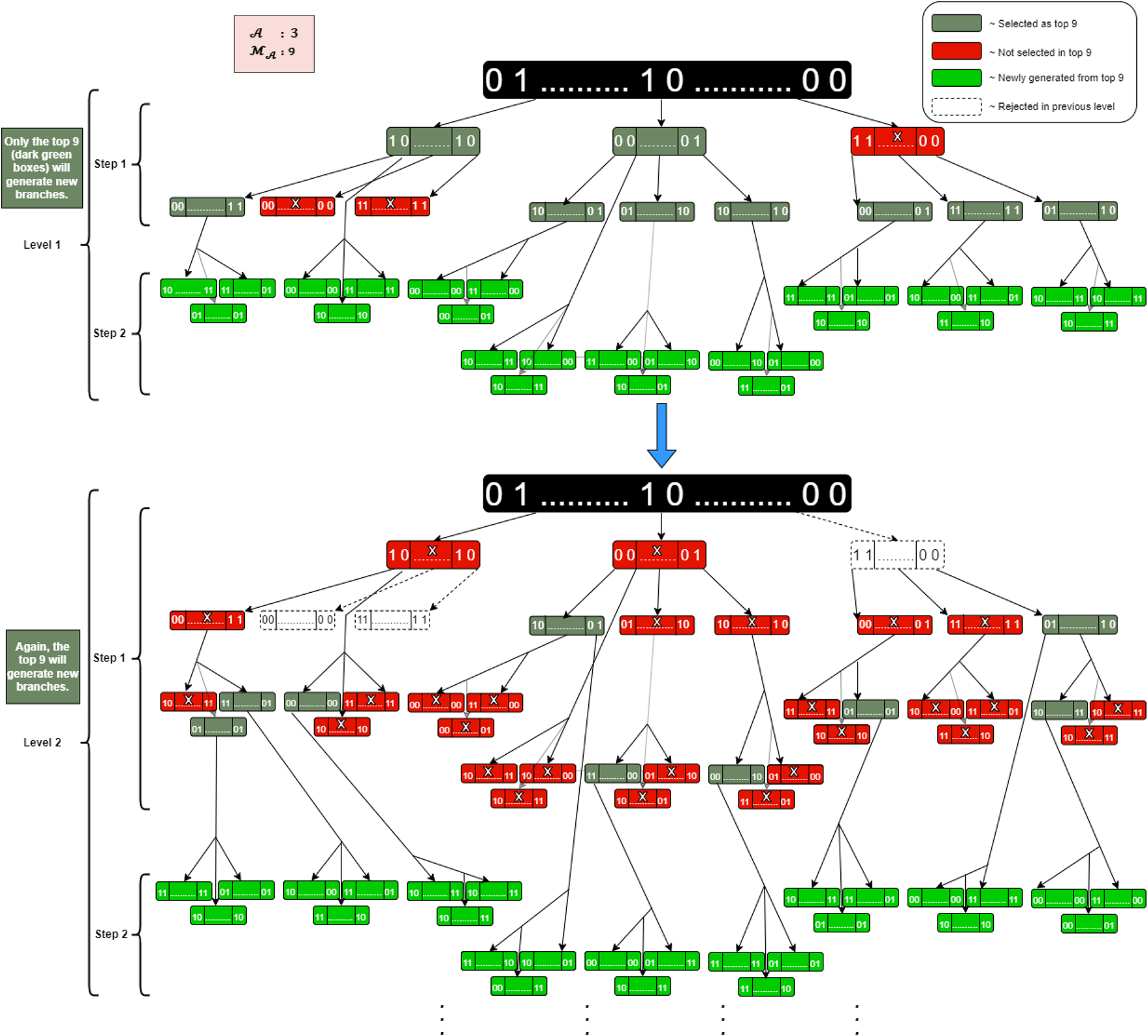Bird’s Eye View feature selection for high-dimensional datas
Evolutionary Algorithms and Reinforcement Learning for Effective High-Dimensional Feature Selection
Abstract.
In this study, we introduce the Bird’s Eye View (BEV) feature selection technique for high-dimensional data, integrating Evolutionary Algorithms with Genetic Algorithms, Dynamic Markov Chains, and Reinforcement Learning to enhance classification performance. The BEV model iteratively refines feature subsets by leveraging state transitions and probability updates governed by a reward mechanism, significantly reducing dimensionality while maintaining high accuracy. The fitness function \(f(F_{t,s})\), defined as \(\min_{1 \leq i \leq K} \left( \frac{TP_i}{TP_i + \sum_{j \neq i} FP_{ij}} \right)\), optimizes classifier performance. Experimental results on ten high-dimensional datasets demonstrate superior accuracy and feature reduction compared to state-of-the-art methods. For instance, on the Lung Cancer dataset, BEV achieved a 100% classification accuracy with only 12.1 features on average. These results underscore BEV’s potential in effectively handling high-dimensional feature selection problems.
Illustration of the proposed experimental design.

